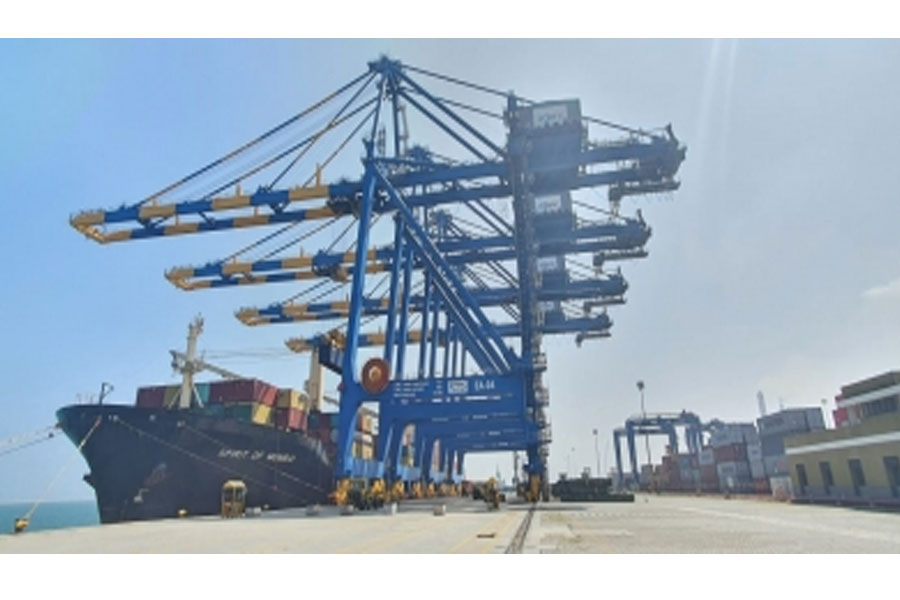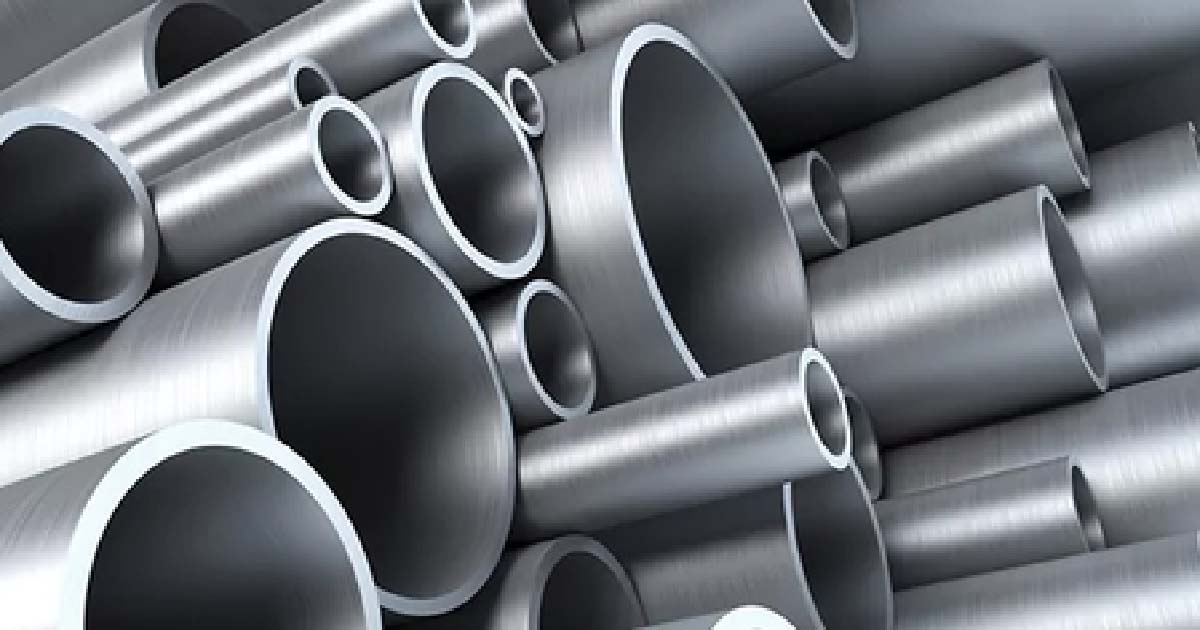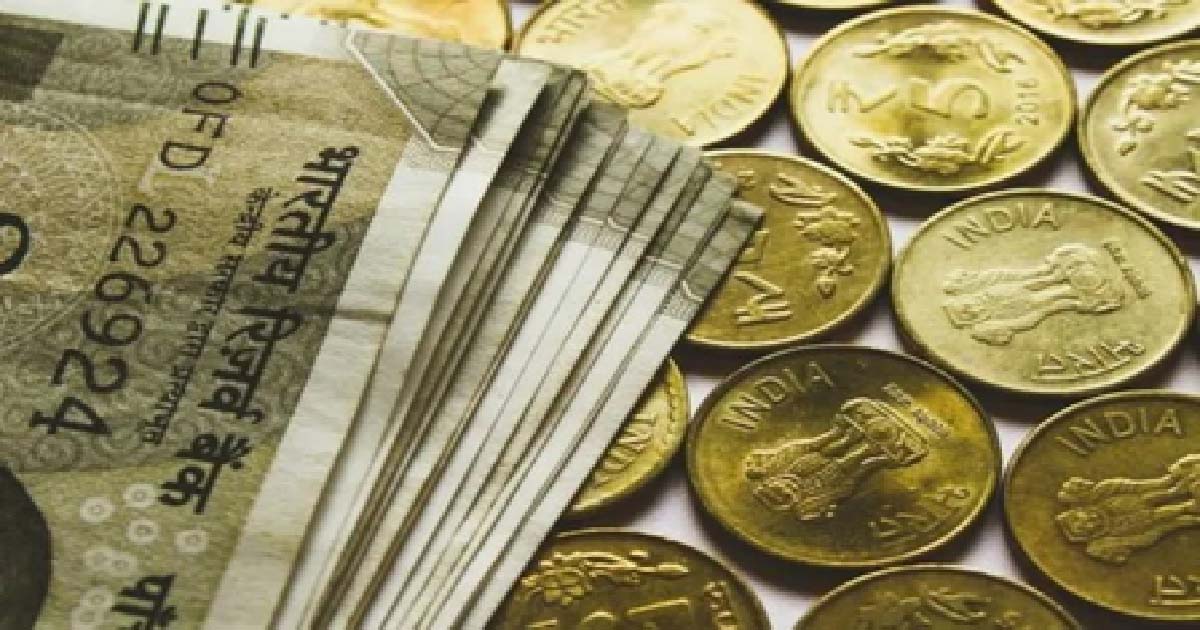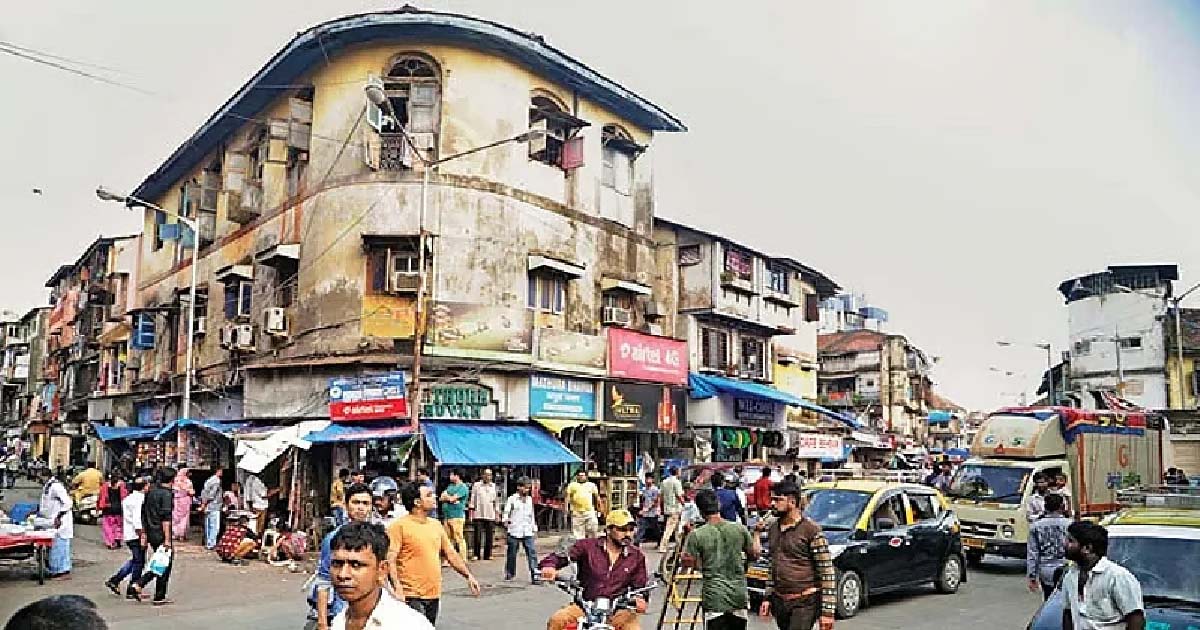Business
Adani Ports handles a record 100 mmt cargo in just 99 days

Adani Ports and Special Economic Zone Ltd (APSEZ), India’s largest integrated transport utility, has clocked a cargo throughput of 100 MMT in the first 99 days of FY23.
APSEZ hit this record volume on July 8, 2022. The milestone is significant as it demonstrates the rapidly improving efficiency of APSEZ, which needed a year to achieve 100 MMT cargo volume FY2014.
“In 2021, we stated our ambition to emerge as the world’s largest private port company and India’s largest integrated transport utility by 2030,” said Karan Adani, CEO and Whole Time Director of APSEZ.
“When APSEZ’s operations spanned five ports, it took 14 years for the company to achieve 100 MMT of annual cargo throughput. In the following five years and with operations across nine ports, APSEZ doubled cargo throughput to 200 MMT. We then achieved the milestone of 300 MMT in just three years. We are now poised to grow our cargo volumes by 60 per cent to 500 MMT by 2025 and emerge as the world’s largest port operator by 2030.”
The ability of APSEZ to handle 100 MMT cargo volume in less than one-third time when compared to the time taken in 2014 is driven by tech-based innovations to integrate conventional business processes with new age digital technologies. Other major factors that have catalysed APSEZ’s cargo highpoints are improved efficiencies in fleet and fuel management, asset monitoring, mobility, operational intelligence and performance monitoring of the applications.
APSEZ has set itself a target of 500 MMT of cargo throughput by 2025. In pursuit of this goal, the company has consistently raised its cargo throughput year after year. It reached the 100 MMT cargo throughput in 109 days last year. The present growth in cargo is supported by a 12 Y-o-Y jump in June 2022 at 31.88 MMT.
Coal volumes have continued to show a strong recovery of 25 per cent over the previous year. Compared to the previous year, other key segments that have led this monthly surge are crude at 17 per cent and container at 6 per cent. With a monthly growth volume of 21 per cent, Mundra led this record performance followed by Hazira, Kattupalli & Ennore combined, and Dahej.
Business
India aims 300 million tonnes of crude steel production capacity by 2030

New Delhi, Oct 31: India aims to achieve 300 million tonnes of crude steel production capacity by 2030, Union Minister of State for Steel, Bhupathiraju Srinivas Varma, said on Friday.
In a meeting with Sara Modig, State Secretary to Minister for Energy, Business and Industry, Sweden, here, in presence of Swedish Ambassador to India Jan Thesleff and other officials, the minister highlighted India’s growing steel sector, driven by visionary leadership of Prime Minister Narendra Modi.
Notably, India’s domestic steel demand is growing at an impressive 11-13 per cent, fuelled by large-scale infrastructure projects, while global demand faces a slowdown, according to Steel Ministry.
The discussions were held to explore collaboration opportunities in the field of research and development in Green Steel production and other advanced technologies to reduce carbon emissions.
Varma reaffirmed the invitation extended to Sweden to participate in Bharat Steel 2026, an International Conference-cum-Exhibition dedicated to the steel industry, scheduled to be held on April 16–17, 2026, at Bharat Mandapam, New Delhi.
Meanwhile, the growth rate of India’s eight core industries was recorded at 3 per cent in September this year compared to the same month of the previous year, with the steel and cement sectors recording strong growth during the month, data released by the Commerce and Industry Ministry showed.
Steel production surged by a robust 14.1 per cent in September compared to the same month of the previous year on the back of increased demand from big-ticket infrastructure projects being carried out by the government. The cumulative growth of steel during April to Sept of 2025-26 increased by 11 per cent over the corresponding period of the previous year.
The government imposed a 12 per cent temporary safeguard duty on certain steel imports in April 2025 to protect the domestic market. These measures follow previous actions and are part of ongoing efforts to safeguard the industry while promoting self-reliance under initiatives like ‘Make in India’.
Business
India’s fiscal deficit for April-Sep stands at 36.5 pc of full-year target

New Delhi, Oct 31: India’s fiscal deficit for the first six months of the current financial year (April-September) stood at Rs 5.73 lakh crore, which constitutes 36.5 per cent of the annual estimate in the budget, government data released on Friday showed.
The figures show that the fiscal deficit is well under control, which paves the way for stable growth of the economy.
Total receipts stood at Rs 17.30 lakh crore, while overall expenditure during April to September was at 23.03 lakh crore rupees. These comprised 49.5 per cent and 45.5 per cent, respectively, of the target set in the budget for 2025-26.
Revenue receipts stood at Rs 16.95 lakh crore, of which tax revenue comprised Rs 12.29 lakh crore and non-tax revenue worked out to Rs 4.66 lakh crore.
Non-tax revenue jumped as the Reserve Bank of India approved a dividend of Rs 2.69 lakh crore to the central government, up from Rs 2.11 lakh crore transferred last year. This will help the central government reduce its fiscal deficit further.
The total government expenditure during the April-Sept period went up to Rs 23 lakh crore compared with Rs 21.1 lakh crore during the same period of the previous year.
This reflects higher Government expenditure on big-ticket infrastructure projects in the highways, ports and railways sectors, which play a key role in spurring economic growth in the country amid increasing economic uncertainties triggered by geopolitical developments and the US tariff turmoil.
The central government has pegged its fiscal deficit target at 4.9 per cent of the gross domestic product (GDP) in its latest budget for FY25, compared with 5.6 per cent in the last fiscal year, which was lower than the revised estimates of 5.8 per cent.
A declining fiscal deficit reflects the strengthening of the fundamentals of the economy and paves the way for growth with price stability. It leads to a reduction in borrowing by the government, thus leaving more funds in the banking sector for lending to corporates and consumers, which leads to higher economic growth.
With the strong emerging fiscal position in 2025-26, the government is likely to have some additional headroom to meet unforeseen expenditure on account of defence, according to a recent Bank of Baroda report.
The observation assumes importance in the backdrop of the tensions with Pakistan following the Pahalgam terror attack and Operation Sindoor.
Business
Mumbai Infra News: MHADA Selects Firm For Kamathipura Redevelopment Project, Awaits State Nod

Mumbai: In a major step toward transforming one of Mumbai’s oldest and most congested neighbourhoods, the Maharashtra Housing and Area Development Authority (MHADA) has selected AATK Constructions for the long-pending redevelopment of Kamathipura in South Central Mumbai. The project, spread over 34 acres, has now moved to the state government’s high-power committee (HPC) for approval before it goes to the state cabinet for final clearance.
MHADA’s Mumbai Building Repairs and Reconstruction Board (MBRRB) had received two bids, one from AATK Constructions and another from J Kumar Infraprojects. After a detailed evaluation of technical and financial aspects, MHADA declared AATK the successful bidder and forwarded the proposal to the HPC for consideration.
“This urban renewal project will be a historic one,” said MLA Amin Patel, who has been advocating for Kamathipura’s redevelopment for more than a decade. “Bringing landlords, tenants and the government to a consensus was not easy, but this plan will finally offer a dignified living space to thousands.
The Kamathipura Redevelopment Project covers 8,001 tenements, including 6,625 residential and 1,376 commercial units, spread across 943 cessed buildings and involving 800 landowners. Most of these structures are over a century old and beyond repair, with many plots measuring only 50 sq metres, making independent redevelopment unfeasible.
Under the proposed plan, eligible residential occupants will receive 500 sq ft carpet area flats in new towers up to 57 storeys high, while non-residential tenants will get 225 sq ft spaces. Sale buildings will rise to 78 storeys, creating a mixed-use skyline that combines residential, commercial and sale components.
The redevelopment is expected to replace dilapidated tenements with modern high-rise structures equipped with amenities and better infrastructure. Landowners will also benefit from additional entitlements based on plot sizes, with larger plots earning proportionally higher returns.
Chief Minister Devendra Fadnavis, while addressing the Assembly earlier, acknowledged the significance of the project, noting that he had worked ‘for the people of Kamathipura.’ The state government had earlier entrusted the redevelopment responsibility to MHADA’s MBRRB under the Construction and Development (C&D) format after private developers expressed disinterest due to the complex ownership patterns.
Once approved by the HPC and cabinet, the long-awaited transformation of Kamathipura is expected to finally take off, turning one of Mumbai’s most dilapidated localities into a modern, livable urban zone.
-

 Crime3 years ago
Crime3 years agoClass 10 student jumps to death in Jaipur
-

 Maharashtra1 year ago
Maharashtra1 year agoMumbai Local Train Update: Central Railway’s New Timetable Comes Into Effect; Check Full List Of Revised Timings & Stations
-

 Maharashtra1 year ago
Maharashtra1 year agoMumbai To Go Toll-Free Tonight! Maharashtra Govt Announces Complete Toll Waiver For Light Motor Vehicles At All 5 Entry Points Of City
-

 Maharashtra1 year ago
Maharashtra1 year agoFalse photo of Imtiaz Jaleel’s rally, exposing the fooling conspiracy
-

 National News1 year ago
National News1 year agoMinistry of Railways rolls out Special Drive 4.0 with focus on digitisation, cleanliness, inclusiveness and grievance redressal
-

 Maharashtra12 months ago
Maharashtra12 months agoMaharashtra Elections 2024: Mumbai Metro & BEST Services Extended Till Midnight On Voting Day
-

 National News1 year ago
National News1 year agoJ&K: 4 Jawans Killed, 28 Injured After Bus Carrying BSF Personnel For Poll Duty Falls Into Gorge In Budgam; Terrifying Visuals Surface
-

 Crime1 year ago
Crime1 year agoBaba Siddique Murder: Mumbai Police Unable To Get Lawrence Bishnoi Custody Due To Home Ministry Order, Says Report














